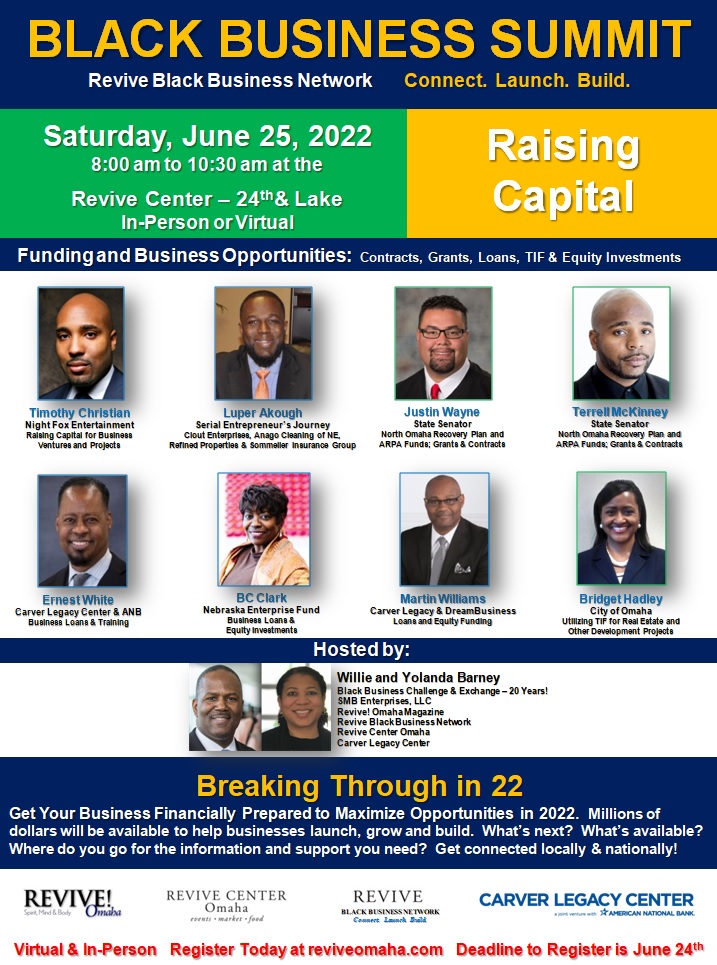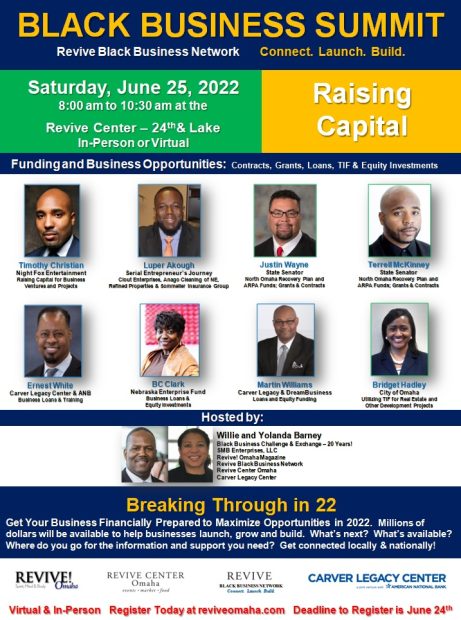
Title: Omaha’s Resilience Framework: How a Midwestern City Overcomes Challenges
Omaha, Nebraska, with a population exceeding 480,000, serves as an inspiring illustration of how a Midwestern city confronts and triumphs over diverse difficulties. While the city has encountered substantial challenges—from economic downturns and traffic collisions to natural calamities and personal tribulations—it consistently exemplifies a resilient drive for renewal. Omaha’s distinctive mix of geographical elements, varied economy, cultural principles, and institutional support structures establishes a robust basis for recovery and transformation.
The Array of Challenges Faced by Omaha
Omaha’s vulnerabilities are intricately linked to its economic foundations and geographical features. Renowned for its historical connections to agriculture and rail infrastructure, the city experiences economic pressures when key industries face downturns. For example, layoffs at Union Pacific impact thousands, while shifts in agricultural commodity prices send ripples through the regional economy.
The city’s vulnerability to severe weather events—such as tornadoes that intermittently afflict neighborhoods like Elkhorn—introduces an unpredictable natural aspect to the difficulties residents endure. In 2023, Omaha recorded 4,200 vehicular accidents, as harsh winter conditions and rising traffic congestion on main routes contributed to injuries and fatalities. Icy road conditions and distracted driving not only lead to immediate harm but also cultivate long-term economic and emotional hardships for affected families.
Housing insecurity is another significant dilemma. Deteriorating infrastructure, escalating expenses, and a scarcity of affordable rental options leave many at risk. Additionally, the city’s heavy reliance on car transportation exacerbates issues related to accessibility and social isolation, particularly during the winter months.
In spite of these interconnected obstacles, Omaha is primed for recovery, thanks to a deeply ingrained culture of resilience and a solid network of community support.
The Cultural and Structural Backbone of Resilience
A considerable part of Omaha’s ability to cope stems from the unwavering spirit of determination and practicality that characterizes Midwestern life. Tenacity, generosity, and grounded positivity permeate the city’s collective reaction to challenges. However, beyond this cultural mindset, structural readiness and institutional backing are essential.
Essential community organizations play critical roles in recovery efforts. The Omaha Public Library, through job training, digital literacy initiatives, and resume-building workshops, equips job seekers with the necessary tools for new opportunities. The Omaha Community Foundation, allocating millions annually in grants, ensures that aid is distributed efficiently and fairly in times of crisis—particularly for economic and disaster recovery.
Economically, Omaha boasts greater diversity than many cities of its size. While agriculture remains vital, the expanding technology sector—especially around the Blackstone District—has contributed to a wider range of job opportunities. The financial and insurance industries are stable, employing thousands at Fortune 500 firms like Mutual of Omaha, providing a buffer during economic downturns. This diversity enables Omaha to maintain a low unemployment rate, around 3%—well below the national average.
Local neighborhood groups and faith organizations in places like Midtown and Dundee help form a grassroots support network. These entities organize events from food drives to rent support and mental health seminars, ensuring that no residents are left to fend for themselves.
Moreover, the city’s vibrant events calendar, featuring highlights such as the Omaha Summer Arts Festival and College World Series, serves as both morale enhancers and fundraising mechanisms, further solidifying Omaha’s unified recovery efforts.
The Vital Role of Legal and Community Support
During times of crisis, legal assistance can distinguish between extended suffering and the beginning of recovery. Car accidents—prevalent on routes like Dodge Street and near downtown—often lead to severe injuries and intricate insurance claims. Legal practitioners, particularly those focusing on traffic and injury law, are essential. Omaha-based attorneys possess an understanding of Nebraska-specific regulations and processes, aiding residents in securing medical reimbursements or lost wages, ensuring that one setback doesn’t escalate into a series of difficulties.
Alongside this, comprehensive community resources play a crucial role. Organizations like Heartland Family Service offer counseling and financial planning assistance. Hospitals provide rehabilitation, while public safety teams advocate for safer driving and enhanced road conditions. These initiatives create a holistic safety net that surpasses any individual institution, offering victims the chance to rebuild lives that might otherwise falter.
Evolving and Adapting Through Experience
Challenges frequently serve as a stimulus for growth in Omaha, with continuous learning and retraining at the core of this evolution. When industries downsize, displaced workers often seek reskilling opportunities at Metro Community College. Programs in areas such as cybersecurity, healthcare, and logistics—funded by state and local grants—prepare residents for re-entry into high-demand job markets. From 2020 to 2023, enrollment in these vocational programs increased by 15%.
Health-related challenges also catalyze community transformation. Many individuals affected by chronic illnesses or injuries join support networks, participating in and benefiting from peer-led initiatives and local awareness campaigns. The city has turned hardship into civic progress—evident after the catastrophic floods in 2019—investing over $50 million in enhancing stormwater systems, levees, and emergency management, guided by residents’ experiences and federal support.
The Impact of Location on
